Seasonal gardening is crucial for ensuring a thriving garden year-round. As winter approaches, preparing your garden becomes essential. Follow these practical tips to assess your garden’s current state, select the right plants, and prepare your soil and beds. Additionally, learn how to care for your tools and explore indoor gardening options. This guide will help you embrace the winter season with confidence, keeping your garden healthy and beautiful.
Assessing Your Garden’s Current State
The first step in preparing your winter garden is to evaluate its current state. Begin by walking around your garden, taking note of both thriving and problematic areas. Identify which plants might struggle during the colder months.
Examine Soil Health
Ensure that the soil is not compacted; healthy soil should be crumbly and moist. Consider testing the pH levels to determine if any amendments are needed. Look for Diseases or Pests Check for signs of disease or pest infestations, and decide if any pest management strategies should be implemented immediately. This evaluation will guide you in making informed decisions on what changes or improvements are necessary before winter sets in. Finally, note areas receiving adequate sunlight, as winter sun patterns may heavily impact growth.
Choosing the Right Plants for Winter
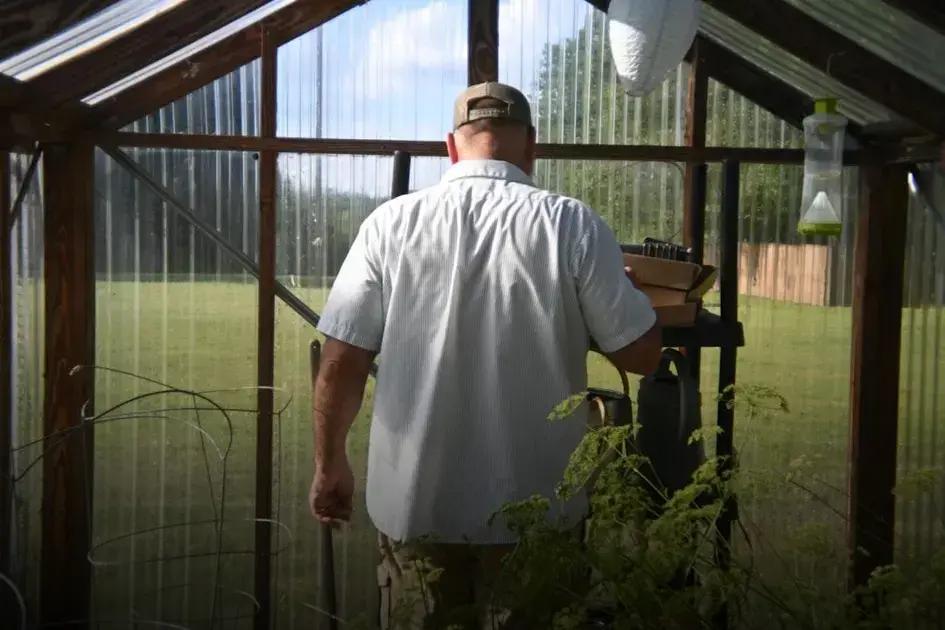
The colder months don’t mean you have to give up on your garden. To keep your garden thriving, selecting the right plants is key. First, consider including evergreens, as they provide color and texture despite the chill. Hardy varieties such as holly and juniper are excellent options that withstand harsh conditions. Meanwhile, deciduous shrubs, which may lose their leaves, can bring beautiful structure with their stems and branches.
For winter blooms, opt for species like hellebores and winter jasmine. These resilient plants bloom in cooler weather, offering a splash of color when other plants lie dormant. Ornamental grasses are also a stunning addition, providing movement and contrast even during snowfall.
When choosing vegetables, think about cabbage, kale, and Brussels sprouts as they not only survive but thrive in icy temperatures. Remember to check the plant hardiness zone in your area to ensure the best matches for your garden’s climate.
Preparing Soil and Beds for Colder Months
As the cold months approach, it’s crucial to prepare your soil and garden beds to ensure a successful winter garden. Begin by clearing away any debris and old plant materials from your garden beds. This helps prevent diseases and pests from overwintering in your garden.
Next, consider performing a soil test to determine the pH and nutrient levels in your soil. Knowing the specific needs of your soil will help you choose the right amendments. Common amendments include adding compost or well-rotted manure to enhance the soil’s organic matter, which is particularly important as it improves soil structure and fertility.
Loosen the soil in your beds by tilling or using a garden fork. This process helps improve aeration and drainage, which is essential as compacted soil can lead to poor root development. If you live in an area with heavy clay soil, consider incorporating sand to enhance drainage.
Mulching is another crucial step. Apply a thick layer of organic mulch, such as straw or wood chips, over your beds. This acts as an insulating layer, keeping the soil temperature consistent and protecting plant roots from frost. Mulch also helps suppress weeds and retain soil moisture.
If you are in a region with severe winters, consider using row covers or cloches to protect tender plants. These barriers can provide an extra layer of warmth and shield plants from harsh winds.
Plan for cover crops
Consider planting cover crops like rye or clover in vacant beds. Cover crops help prevent erosion, suppress weeds, and can be tilled into the soil in the spring to enhance fertility.
By carefully preparing your soil and beds for the colder months, you set the stage for a healthy and productive winter garden.
Proper Tool Care and Storage
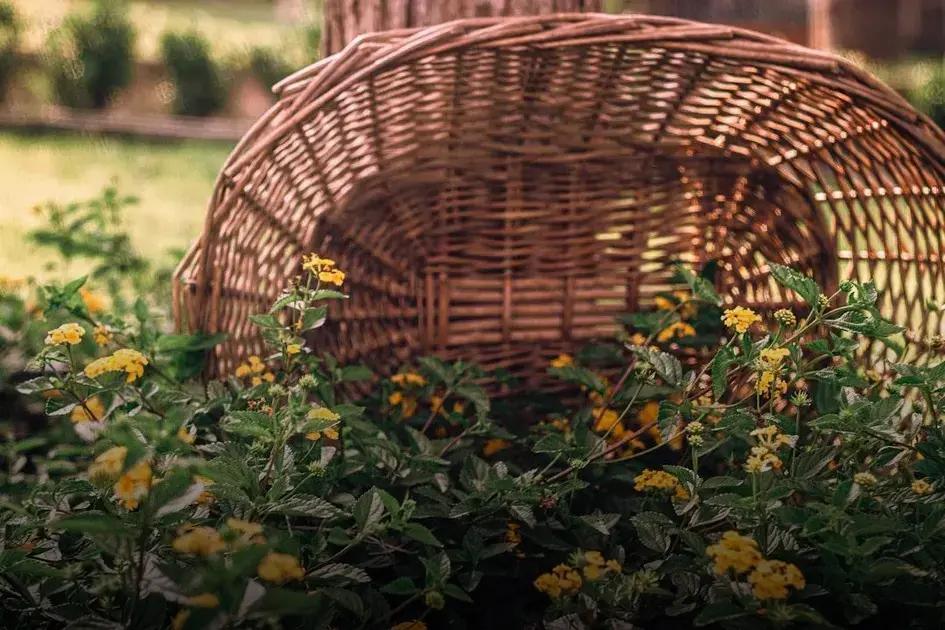
Proper care and storage of your gardening tools are crucial, especially as winter approaches. Start by cleaning your tools thoroughly to remove any dirt or sap. Rust is the enemy of metal tools, so take the time to scrub off any that might have developed, using a wire brush or sandpaper. Once your tools are clean and dry, treat metal surfaces with a light coating of oil to prevent further rusting during the damp, cold months.
Consider organizing your tools by hanging them on a wall using a pegboard or dedicated racks. This will not only extend their lifespan but also keep your gardening area tidy. If you have wooden handles on your tools, apply a coat of linseed oil to keep the wood from cracking or splintering in the dry winter air.
Tool Sharpening
Maintaining the sharpness of your tools is essential for both efficiency and safety. Use a sharpening stone or file to ensure that the blades of your pruners, shears, and shovels are sharp. Dull tools require more effort and can damage plants, so keeping them in prime condition is beneficial.
Storage Environment
Store your tools in a spot where they won’t be exposed to the winter elements. If you have a shed or a garage, make sure they stay dry, as moisture can lead to rust. If possible, use silica gel packs or rust inhibitors in your storage area for added protection. Your tools are an investment; caring for them properly now will ensure they last for many seasons to come.
Invest the time in proper maintenance and organization, and you’ll find gardening a much more enjoyable and productive experience come springtime.
Indoor Gardening Tips for Winter Enthusiasts
Embrace the charm of indoor gardening this winter to keep your green thumb active. Start with lighting solutions, as natural sunlight decreases significantly during winter. Invest in LED grow lights which are energy-efficient and mimic sunlight, essential for plant growth.
Maintaining the humidity levels is crucial, as heated indoor environments can be quite dry. Consider using a humidifier or placing water-filled trays near plants to ensure they receive necessary moisture.
Choose winter-hardy indoor plants such as peace lilies, snake plants, or pothos. These are resilient to lower light and decreased humidity.
Pay attention to watering habits. Most plants require less water as they grow slower in the colder months. Ensure pots have drainage holes to prevent root rot.
Consider investing in plant stands or shelves to maximize space and light exposure. Rotate plants regularly to ensure even growth.
Finally, maintain a balanced temperature. Avoid placing plants near heaters or cold drafts, and aim for a stable environment between 18-24°C (65-75°F). Strong air circulation helps prevent fungus and pests.

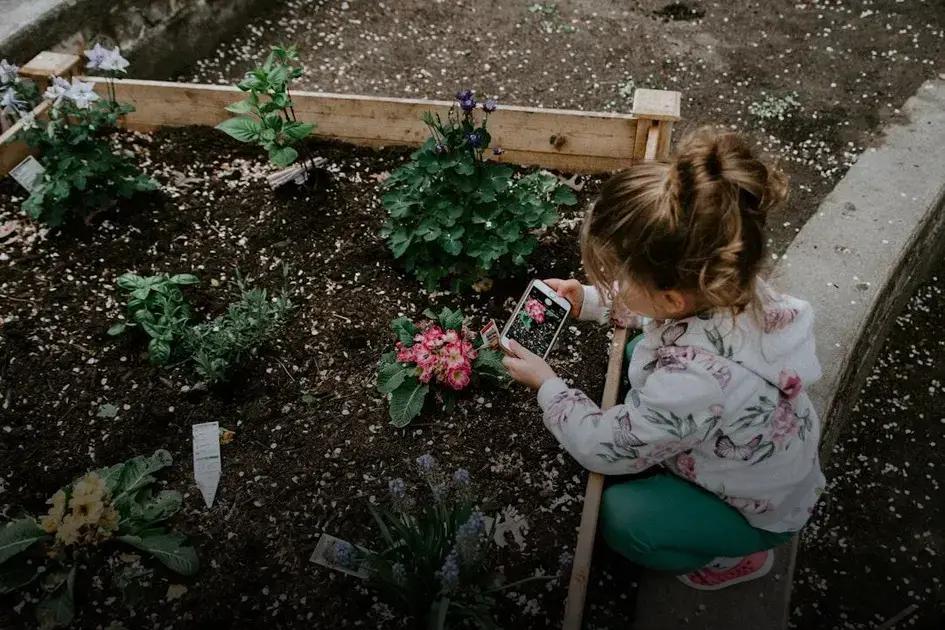
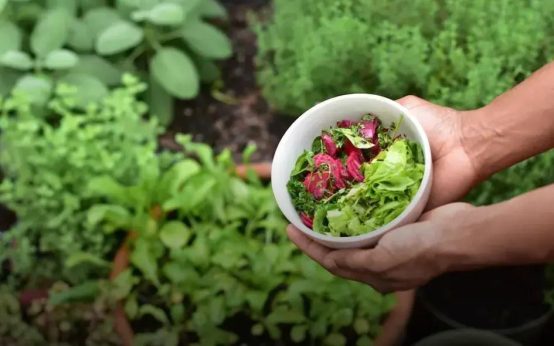 Hosting a Garden Party: Decorate Naturally with Ease
Hosting a Garden Party: Decorate Naturally with Ease  Outdoor Lighting Ideas to Highlight Your Garden at Night
Outdoor Lighting Ideas to Highlight Your Garden at Night 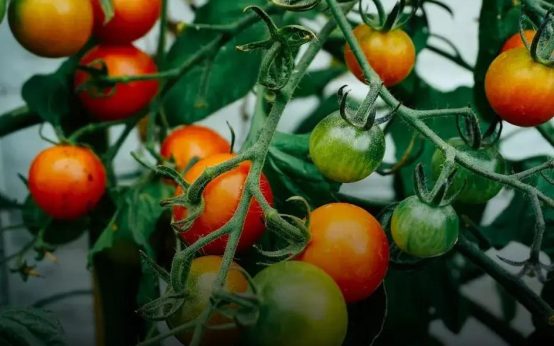 Incorporating Water Features: Transform Your Garden Oasis
Incorporating Water Features: Transform Your Garden Oasis